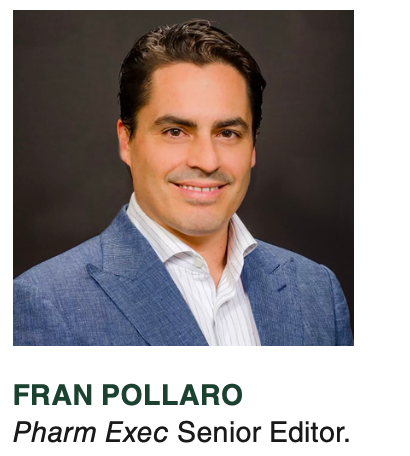DE&I in Pharma: Good for People—and Business
How addressing equity gaps can be a boost for brands.

Back in 2019, I was running the Global Awards, an international competition focused on health, wellness, and pharma advertising and communications. My considered approach was to have a large, diverse, worldwide jury of peers (creative director level and above), keeping in mind that cultural response to advertising can vary quite a bit—certainly enough to make an impact on scoring. I’ve always been a proponent of diversity of thought.
As a result, the initial round of judging took place in 21 different countries on six continents. I also made it a point to diversify the judges sitting on the executive jury, who decided which pieces were to be awarded. Half of the executive jury were women, and the chairpersons were also women. This is noteworthy, considering the Three Percent Movement cited only 11% of creative directors worldwide were women in 2019, a number that is now listed at 29%. In 2012, when the Three Percent Movement was started by Kat Gordon, only 3% of creative directors in advertising were women—3%!
What’s important is that groups like the Three Percent Movement are pushing for women to be in leadership positions and are doing so successfully. Gordon started the Three Percent Movement as a passion project to elevate women and, of course, spotlight a huge business opportunity in advertising—the lack of female creative leadership and its impact on connecting with an overwhelmingly female marketplace. So, not only was the advent of the movement good for women, but it was good for business.
One can’t help to see the parallel when it comes to health equity in the “melting pot” known as the United States. In 2020, according to the US Census Bureau, the most prevalent racial or ethnic group in the US was the White non-Hispanic population at 57.8%. This decreased from 63.7% in 2010. The Hispanic or Latino population was the second-largest racial or ethnic group, comprising 18.7% of the total population. The Black or African American was the third-largest group at 12.1%.
Yet issues persist in terms of hiring and elevating women and people of color, increasing clinical trial diversity, raising awareness of disease, and improving access to healthcare for medically underserved populations. An analysis of FDA data since 2015 detailing clinical trials of cancer drugs found that 24 out of 31 cancer trials had fewer than 5% Black participants. That’s really tough to swallow, considering Black women are disproportionately affected, and that’s just one example.
This really goes back to Gordon’s point, which not only calls for equity, but elucidates the simple concept of knowing your audience and customer base, and establishing a relationship based on trust. And as Walt Geer, chief experience design officer, VMLY&R, said to me, “I always say that the messenger matters—who’s delivering these messages matters—because with that comes trust. Why do you think social media influencers are such a big deal, changing the way health and pharma brands are marketing to their audiences now? It’s because people trust people that they follow because they are often people they align with.”
It always matters—having people of color working in the pharmaceutical industry, the agencies creating ads and marketing plans, reaching out to advocacy groups, and liaising with healthcare professionals (who are often Black in areas with large Black populations). It’s not only for people and good health outcomes, but it’s good for business. When you look at health equity in the US and Big Pharma, as well as the inherent opportunity of a quickly changing population in terms of diversity, you must wonder why certain realities still exist, and why some don’t for that matter.
My reflection on diversity and the percentage of women in the Global Awards jury is something I’m proud of, of course, but it’s just one group. What was truly odd to me at the time was the lack of African Americans working at the executive creative director (ECD) and creative director level of advertising. Geer, who I interviewed a few months ago, is one of 10 Black ECDs in the entire advertising industry, and he is the only one I’m aware of who focuses on health and pharma. “The big five ad holding agencies representing the US have over 360,000 employees,” said Geer. According to Statista, there are approximately 13,700 advertising agencies in the US. I’m not one for hyperbole, but this is mind-blowing.
Many more questions and topics remain, and we look forward to hosting some wonderful guests in a much wider discussion to be had on June 29, when Pharmaceutical Executive hosts a DE&I Sales & Marketing Roundtable. A summary of that event will appear in our August issue.
Fran Pollaro is Pharm Exec's Senior Editor. He can be reached at
fpollaro@mjhlifesciences.com.

The Misinformation Maze: Navigating Public Health in the Digital Age
March 11th 2025Jennifer Butler, chief commercial officer of Pleio, discusses misinformation's threat to public health, where patients are turning for trustworthy health information, the industry's pivot to peer-to-patient strategies to educate patients, and more.
Navigating Distrust: Pharma in the Age of Social Media
February 18th 2025Ian Baer, Founder and CEO of Sooth, discusses how the growing distrust in social media will impact industry marketing strategies and the relationships between pharmaceutical companies and the patients they aim to serve. He also explains dark social, how to combat misinformation, closing the trust gap, and more.